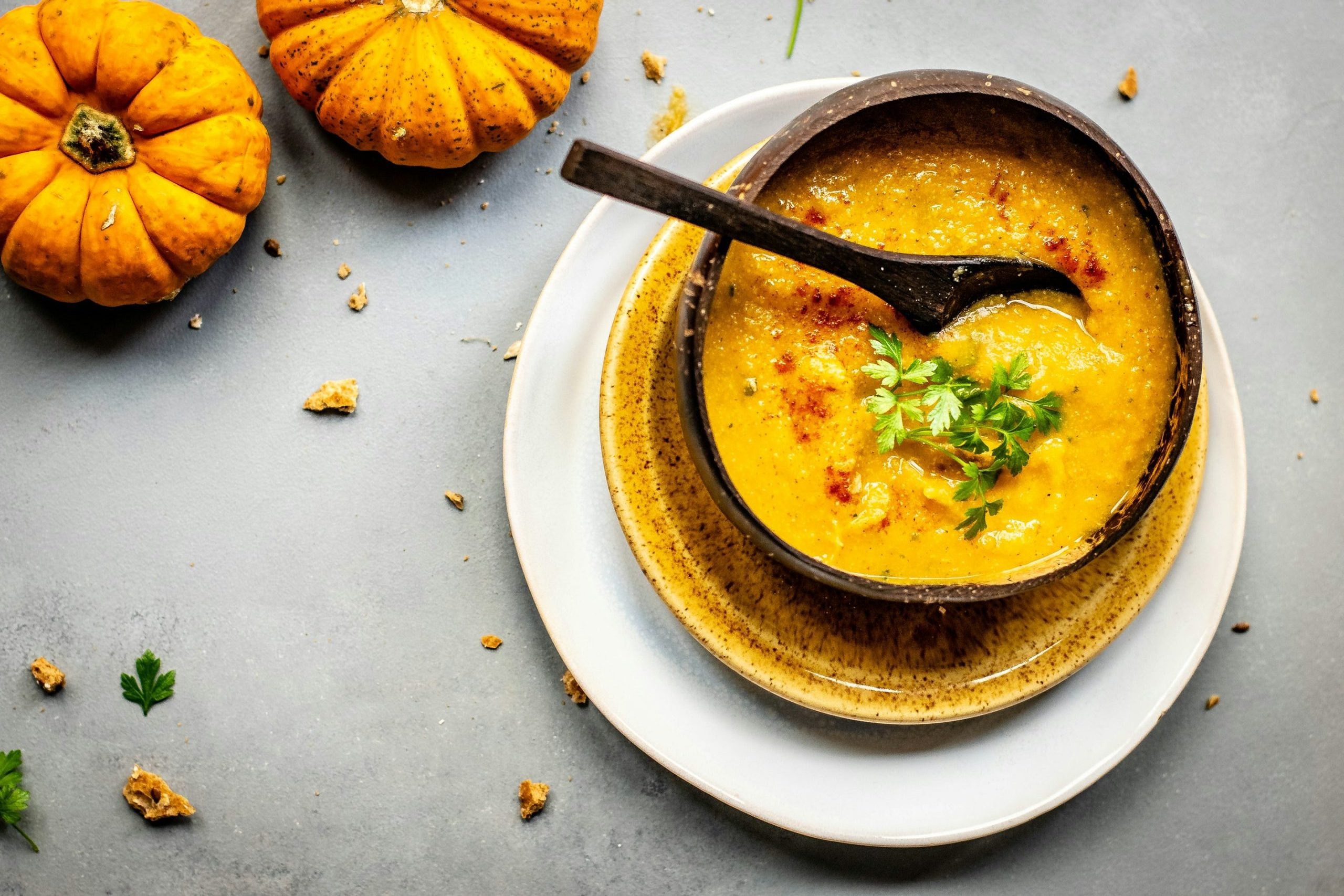Buying for the season: Our Autumn food guide
If you’ve noticed a slight chill in the air, you wouldn’t be alone! It is hard to believe that Autumn is upon us, and with it comes an array of delicious fruits and vegetables you can easily incorporate when buying for the season in our Autumn food guide.
Why should I buy seasonally?
In Australia, we are fortunate that many fruits and vegetables are available all year round and we aren’t reliant on seasonal cycles to eat what we prefer. However, there are a number of benefits to buying for the season:
– Seasonal produce tends to be fresher and more flavourful since it has been harvested at peak ripeness. This means fewer days in cold storage before you eat it- and a reduced likelihood of spots, wilting or poor taste that can come with foods that have been cold stored for a bit too long.
– Improved nutritional value and diversity. As your fruits and vegetables are fresher, they are likely to have an optimal nutrient profile, maximising the nutrients you get from them! Eating seasonally also means you’re more likely to try different foods and recipes that match those foods, as opposed to eating similar dishes across the whole year. This makes cooking more exciting and exposes your children to different fruits and vegetables they may come to love!
– Buying seasonal produce often supports local farmers and reduces the carbon footprint associated with long-distance transport. By opting for fruits and vegetables that are in season, you’re promoting sustainable farming practices and contributing to the preservation of biodiversity.
So, how do I know what’s in season?
This is a great question because it can be really hard to tell. Your first sign – its often cheaper than the other fruits and vegetables available (just another bonus of eating seasonally!).
Our favourite autumn fruits and vegetables (with recipe ideas!) are below:
1. Green vegetables
Green vegetables like bok choy, beans, broccoli and zucchini are high in vitamin C, a good source of folate and dietary fibre. These nutrients are important for preventing colds and flu, healthy cell growth, function and digestive health. For delicious Autumn dishes with these greens, think sauteeing your bok-choy in a stir-fry, a barramundi tray bake with roasted green beans, oven-roasted garlic broccoli in spaghetti (try our delicious recipe here!) or creamy broccoli soup, zucchini pesto pasta or layered in a vegetable lasagne!
2. Orange vegetables
Orange vegetables like pumpkin and sweet potato are a source of carbohydrates, high in vitamin C and beta carotene. Carbohydrates help to give you energy and keep you fuller for longer, while nutrients like vitamin C and beta carotene support eye health and help to maintain and regulate cell growth and division. We love pumpkin soup, coconut beef and pumpkin curries, sweet potato fries, loaded sweet potatoes or shepherd’s pie topped with sweet potato.
3. Fruits
Autumn fruits include kiwi fruit, guava, papaya and pomegranate which also include vitamin C and dietary fibre! Kiwi fruit is a great snack to pop in your children’s lunchbox (they can even try eating the skin if they’re feeling adventurous!). Papaya is delicious in an Autumn noodle salad or alongside yoghurt and granola for breakfast, while pomegranates beautifully top Autumn salads.
If you’d like more guidance, we recommend downloading our ‘How to eat healthy on a budget’ ebook which has a complete seasonal produce guide and shopping list you can use!
Autumn Food Guide
Dr Courtney Stewart (RNutr, FHEA)
BNutrSc, BBiomedSc(Hons), PhDDirector, NPR Consulting
